Back before you were a gamer, we didn’t have the multi-button, clickable-thumbstick, solar-powered controller gizmos you have today. We used to have to invite friends over and work together to push down the A-button because it was too stiff to move on our own. If we were lucky, we’d get two, maybe three good presses in before it got stuck and Mario just had to hope the rest of the level was flat. We could try to un-stuck it with a little controller grease, but controller grease was expensive and there wasn’t much around back then. Most of the time, a stuck controller meant you had to go back to Nintendo, all the way in Japan, and get a new one. There were no airplanes and the controllers weighed about 100 pounds, but we still gave them four-out-of-five thumbs up.
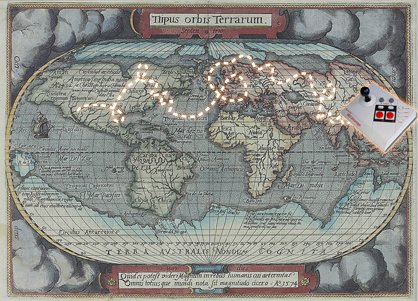
Above: Did you know? An interesting, possibly made-up fact about the button
We don’t want to scare you by going back too far into button history, so we limited our selection. These are our favorites, the most influential and the best buttons since the Nintendo Entertainment System first appeared in our living rooms in 1985, when we threw away all our old consoles made of rocks and Super Glue.
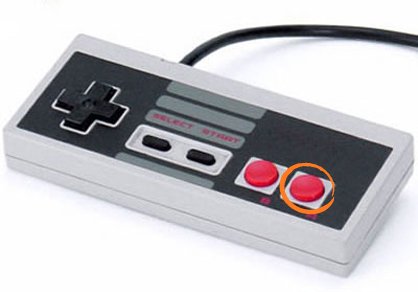
The granddaddy of all A-buttons, the NES A-button is red. The iconic device has a healthy amount of push to it and is easy to identify on the controller’s face because of its color and easily read label, “A.” Any accidental mix-ups with its sister button, the B-button, tend to be quickly resolvable once the player realizes that if the button he or she is pressing isn’t working, it’s probably the other one. There are only two.
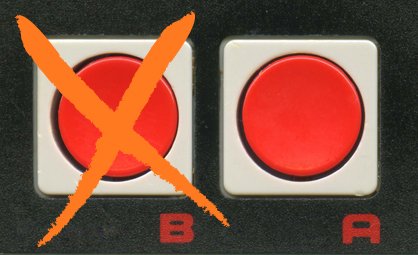
Our only major caveat with this button is that it has a tendency to get itself stuck in the pressed position, usually during a key boss fight or last second jump over a pit at the end of the level.
Rating:

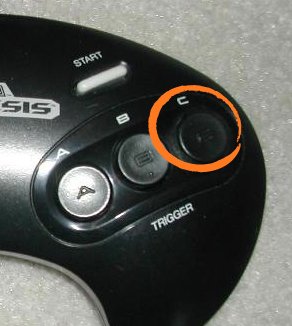
This was Sega’s response to the question to which gamers had been demanding an answer: “What happens when we’ve attacked, jumped and we need to do something else?” That’s where the C-button came in. It took what controllers were doing and, with brash disregard for the rich tradition of button management, they added a third thumb-button. The C-button increased total button output by up to 50 percent, prompting each subsequent generation of controller to add more buttons than the last (with few exceptions) and leaving the thumbs-to-buttons ratio forever changed.
Sign up to the GamesRadar+ Newsletter
Weekly digests, tales from the communities you love, and more
Needless to say, many of the more casual NES gamers didn’t know what to make of the C-button. Some gamers’ dexterity failed to catch up with the technology, and they were left twiddling their thumbs, unable to press the correct button – forever lost to Darwinism.
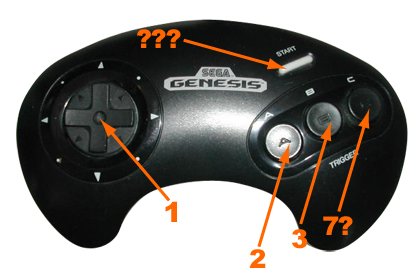
Above: Just looking at all the buttons on this thing makes our heads hurt
Those who successfully adapted knew the “C” was the outlying button on the right side of the controller. It replaced the A-button as the new “farthest to the right.” And it wasn’t until several years later, when the Neo Geo came out, that we’d see anything like it again.
Rating:



